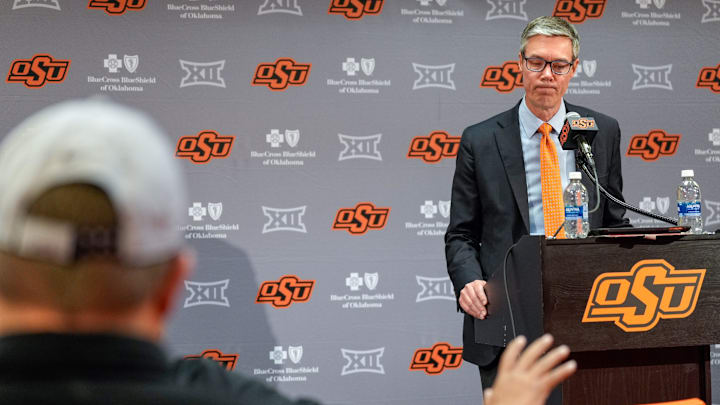The decision to part ways with longtime head coach Mike Gundy just three games into the 2025 season sent shockwaves through the Oklahoma State football program. While mid-season coaching changes are always disruptive, the timing of this one may prove crucial for the players left navigating the fallout. Whether by design or circumstance, the early-season dismissal opened up strategic options for athletes looking to reassess their futures — both at OSU and potentially elsewhere.
Early Firing Triggers 30-Day Transfer Window
Under NCAA rules, when a head coach is fired or departs, players are granted a special 30-day window to enter the transfer portal. This transfer window exists outside the standard portal periods and allows athletes to begin pursuing new opportunities immediately. For the current Cowboys roster, Gundy’s removal in mid-September created that window right away — giving players the power to explore a move while the season is still in progress.
This rare in-season flexibility means players don’t have to wait until the end of the year to begin the next chapter of their careers. Veterans looking for a better fit or more playing time, or younger players unsure of how they’ll be utilized under a new staff, can take advantage of the early portal window to find clarity sooner rather than later.
Redshirt Rules Offer a Valuable Alternative
For players not looking to transfer immediately, or those who want to preserve a year of eligibility, the timing of the firing also opens up a redshirt opportunity. NCAA redshirt rules allow players to participate in up to four games in a single season without burning a year of eligibility. Because Gundy was dismissed after game three, players who have already seen limited action still have the option to sit out the rest of the year, preserve a redshirt, and maintain four full seasons of competition moving forward.
This is especially significant for younger athletes or those who aren’t currently contributing heavily in games. They can still practice with the team, develop in the system, and evaluate their future without sacrificing a season of eligibility. Even those who played in all three games prior to the coaching change retain the option of using this year as a redshirt, as long as they don’t exceed the four-game threshold.
Empowering Players Through Strategic Timing
While any coaching change creates uncertainty, Gundy’s early-season exit inadvertently provided players with time and choices. In past years, such a change might have left athletes in limbo until the offseason. Now, they have a clearly defined transfer window and redshirt eligibility guidelines to help them make informed decisions. Players can weigh their role in the program, their trust in the upcoming coaching staff, and their personal goals — all with more control than ever before.
This kind of player empowerment reflects a broader shift in college football. Athletes are no longer trapped by timing or circumstance. They can respond to a major change like a head coach’s firing with options that protect their future, both on and off the field. Whether that means transferring mid-season, redshirting and waiting it out, or recommitting to Oklahoma State under new leadership, the path forward is now in the players’ hands.
A Roster in Transition With More Changes Ahead
The ripple effect of Gundy’s firing is far from over. As the coaching search intensifies and decisions are made about who will lead the program forward, more changes to the roster are expected. The combined impact of redshirt usage, transfer portal movement, and potential staff turnover will almost certainly reshape the team between now and the start of the 2026 season.
Some players will stay and become key pieces of the next era in Stillwater. Others may already be eyeing opportunities elsewhere. For all of them, though, the early firing has created space to think, plan, and move strategically. That timing — disruptive though it may be — could ultimately help more players make decisions that serve their long-term interests.
